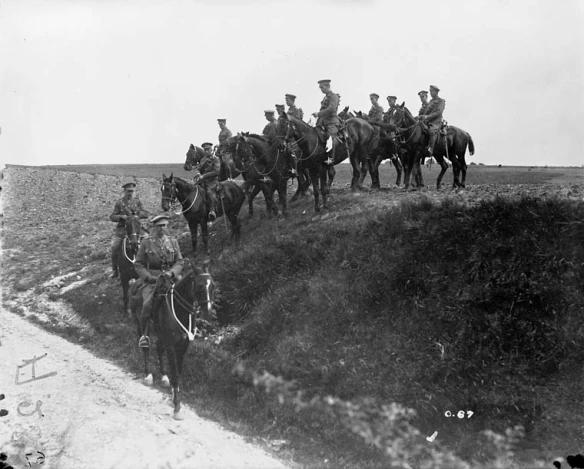One story above all others has captivated the imagination of Donald Smith, 78, since his student days. To uncover its details, the University of Calgary professor emeritus of history went on a truth-finding mission decades ago.
It’s the story of Grey Owl, who was something of a ne'er-do-well before a major turning point in his life. He met a young Iroquois woman and two beavers—all three of whom he lived with for years thereafter. They inspired his transformation into an influential conservationist and one of the most lauded authors of the 1930s.





